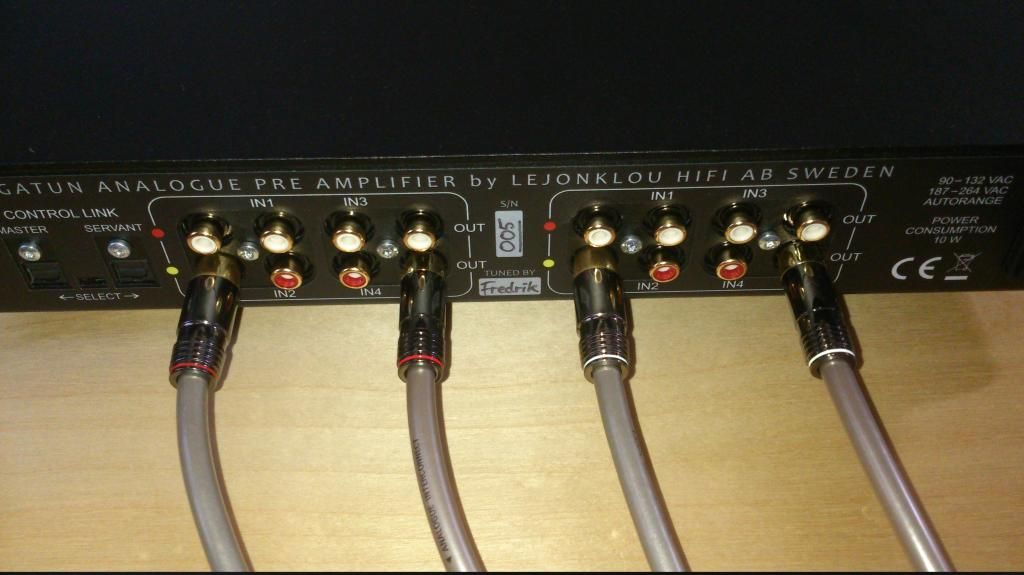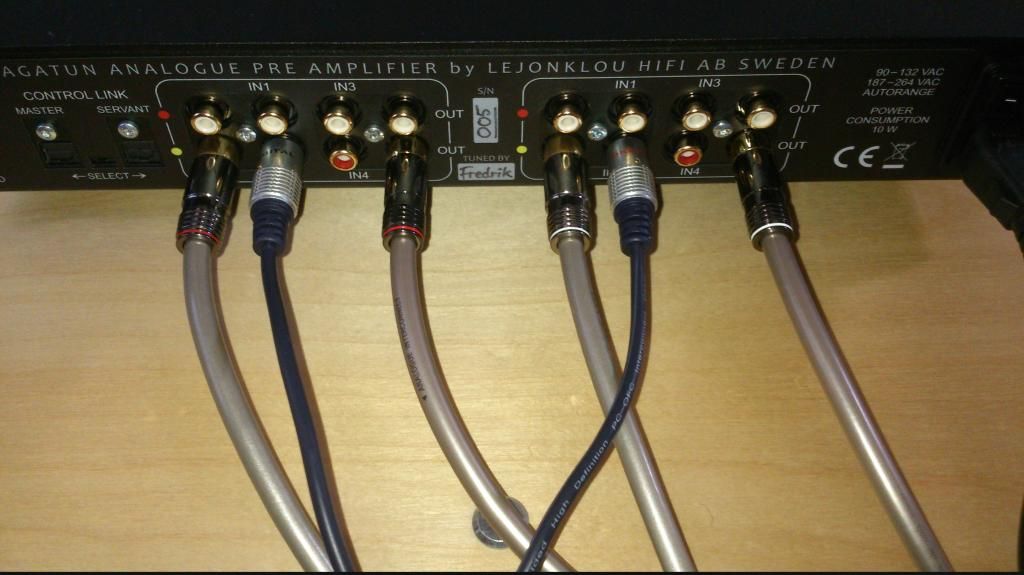matthias wrote:Fredrik,
can you tell us something about the technical differences between Sagatun Stereo and Mono?
Yes, certainly!
The main circuit board of Sagatun Mono is the same as in the stereo version but with the audio circuitry of the second channel left empty and disconnected. In both stereo and Mono versions, there are two power supplies feeding the main board; one positive and one negative. The advantage of this configuration, which is also used in Tundra stereo and Mono, is that each power rail has its own switch mode feedback loop, completely independent of the other.
So what differs and why is Sagatun Mono better?
The
first advantage of Mono is that the power supplies run more quiet. At first, I thought this wouldn't make any difference, as the current consumption was already very low - one of the battles with Sagatun was to keep it as low as possible, because this was beneficial to sound quality . But nevertheless it turned out that almost cutting it in half was even better.
The
second advantage is that with this lower power consumption and only one channel to optimise, it's possible to fine tune the supply a bit further. With two channels, any final tuning becomes a compromise between the two. But with one channel, it can be tuned to its peak. Again, the same applies to Tundra power amplifiers. So each Sagatun Mono go through a final tuning where I manually solder fixed value resistors, selected to an accuracy of less than 0.1%, into certain positions.
The
third advantage with Mono is that the signal ground becomes separated in the HiFi system all the way from the source to the speakers. Currently in all the digital sources that I know of, the signal grounds for left and right channels are united. When used with Sagatun Mono and Tundra Mono, they will be united inside the source only and then separated, which prevents any ground loops from occurring. The same thing applies to Linn Urika and all phono stages that I know of: The signal grounds are first united and thereafter divided in two channels with my mono pre and power amplifiers.
Now, potentially, also the phono stage could be completely divided into two mono stages. As the coils in the cartridge are separate, this would result in the left and right channels being completely isolated from one another, all the way from the grooves in the vinyl to left and right loudspeakers. (Perhaps someone knows about a completely mono phono stage or digital source?)
As I haven't yet tried this "Absolute Mono" arrangement, I don't know how much there is to gain from the arrangement. But I am certainly interested to try it! Before testing the separation of signal grounds in two mono pre amplifiers, I was sceptical it would make much of a difference. It was Azazello, our moderator on this forum, who repeatedly insisted that I try it. And when I finally did, I was surprised by the musical result. Perhaps the important part is the complete elimination of ground loops, which is now accomplished. Could a complete electrical separation of the channels bring further improvement? That remains a secret.






